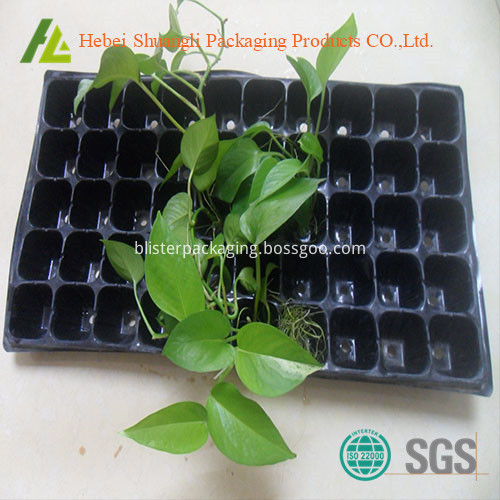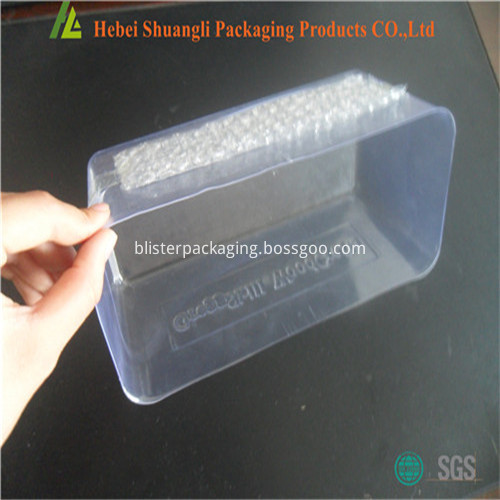In addition to four-color printing, gravure printing has six colors, eight colors, or even more colors. Multi-color printing Due to overprinting and other control issues, it is not easy to achieve the desired reproduction effect, so sometimes it is necessary to use some spot color inks. For example, when printing labels such as cigarettes, alcohol, cosmetics, and pharmaceuticals in packaging and printing, spot color inks are often used. In spot color printing, it is a basic requirement to keep the ink color of a batch or batch of prints consistent. In this paper, based on the analysis of the reasons for the color difference of spot color ink in gravure printing, a method to solve and control the color difference is proposed.
Effect of Ink on Consistency of Ink Color
1. Effect of ink color on printing ink
Ink is one of the main factors that determine the color consistency of printed products, and the ink itself also has the problem of color difference between the same batch and the color difference between different batches. Therefore, when choosing the ink, choose the ink with stable quality and no deviation in hue. It is best to use the same lot of ink for a batch of printed materials, because some inks are difficult to guarantee that there is no difference in color cabinets between batches. If the hue deviation of the ink used is too large, it is difficult to achieve the ink consistency requirement through other methods in the printing process.
2. Effect of Ink Deterioration on Printing Ink
After a long time of printing, the composition of the solvent in the ink will change, at the same time, the moisture in the air will also mix in the ink, causing the ink to deteriorate, rendering it poor color rendering. Therefore, during the printing process, new ink should be added to the ink fountain, and the amount of ink added each time should be less to ensure that there is always new ink in the ink fountain. Especially when printing some patterns with less ink, if the amount of ink added is too large, the ink will undergo an oxidation reaction after being exposed to the air for a long time, and the hue will become obsolete. For example, the used black ink is gray, and it is not as pure black as the fresh black ink. The used red ink will turn dark red and not as bright as the fresh red ink. In addition, the remaining ink that is used many times must be filtered regularly or discarded because it contains dust.
3. The Effect of Ink Layering on Printing Ink
Different color inks with different specific gravities between organic pigments and inorganic pigments are liable to cause synthetic color separation, especially when the ink in the ink fountain is not flowing, the pigment deposits in the ink will promote the separation of the synthetic ink. Therefore, in the printing process, the ink must be circulated smoothly. In addition, when the ink is blended, if the stirring is insufficient, the concentration of a certain color tends to increase as the printing progresses. Therefore, it should be fully stirred before printing.
We performed color-difference analysis experiments with different ink layer thickness samples.
1. Experimental instruments and materials
Coated paper, gravure ink, printability instrument, X-Rite-968 spectrophotometer.
2. Experimental procedure
(1) Prepare two sets of gravure printing inks (2) Scratch the proofs of different ink layer thicknesses by controlling the amount of ink on the printability meter (3) Measure the L*, a of each set of proofs with a spectrophotometer *, b* value data (4) Select a group of data as a standard sample number to calculate the color difference with other samples 厶EL,a,b:
3. Experimental data and analysis
Select ink volume 2. The scraping of Ocm3 is a standard sample, that is, the values ​​of L*, a*, b* at this time are standard values. When calculating the color difference ΔEL*, a*, b*, the experimental data of this group is based on the data shown in Table 1. The calculation results are shown in Table 2.


From the experimental data and calculation results, it can be seen that the difference in the thickness of the ink layer will cause chromatic aberration. It can be seen that the thickness of the ink layer has a direct effect on the consistency of the color of the print during the brushing process.
(to be continued)
Blister Nursery Seeding Tray
Application:
Blister Nursery Seeding Tray is suitable for propagating vegetables,flowers, wheat, rice, cereal, etc.from seed in greenhouses
Blister Nursery Seeding Tray characteristics:
1.Environmental, non-poison, good air permeability, with aging resisting agent, long service life
2.Suitable for both manual and automatic planting
3.Large capacity ,enough growing space for the root system
4. Not easy to be deformed under high temperature
5. With holes at the bottom, to prevent the root from being rot by too much
6. With flume inside, the water reach to the bottom easily
7. Suitable for the seed of the vegetable,flower,forest
8.The smooth surface is easy to clean, and large drain channels allow water to drain completely
away from plants while giving extra structural support to the design.



Blister Nursery Seedling Tray,Black Color Blister Nursery Seedling Tray,Plastic Blister Nursery Seedling Tray,Flat Blister Nursery Seedling Tray,Plastic Seedling Trays
Hebei Shuangli Packaging Products Co., Ltd. , http://www.shuangli-plasticpackaging.com